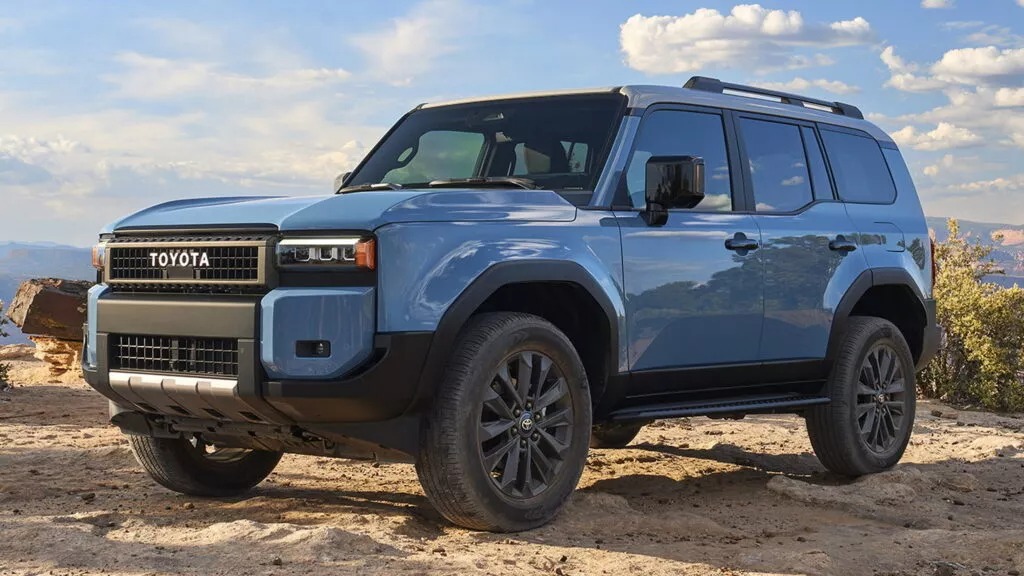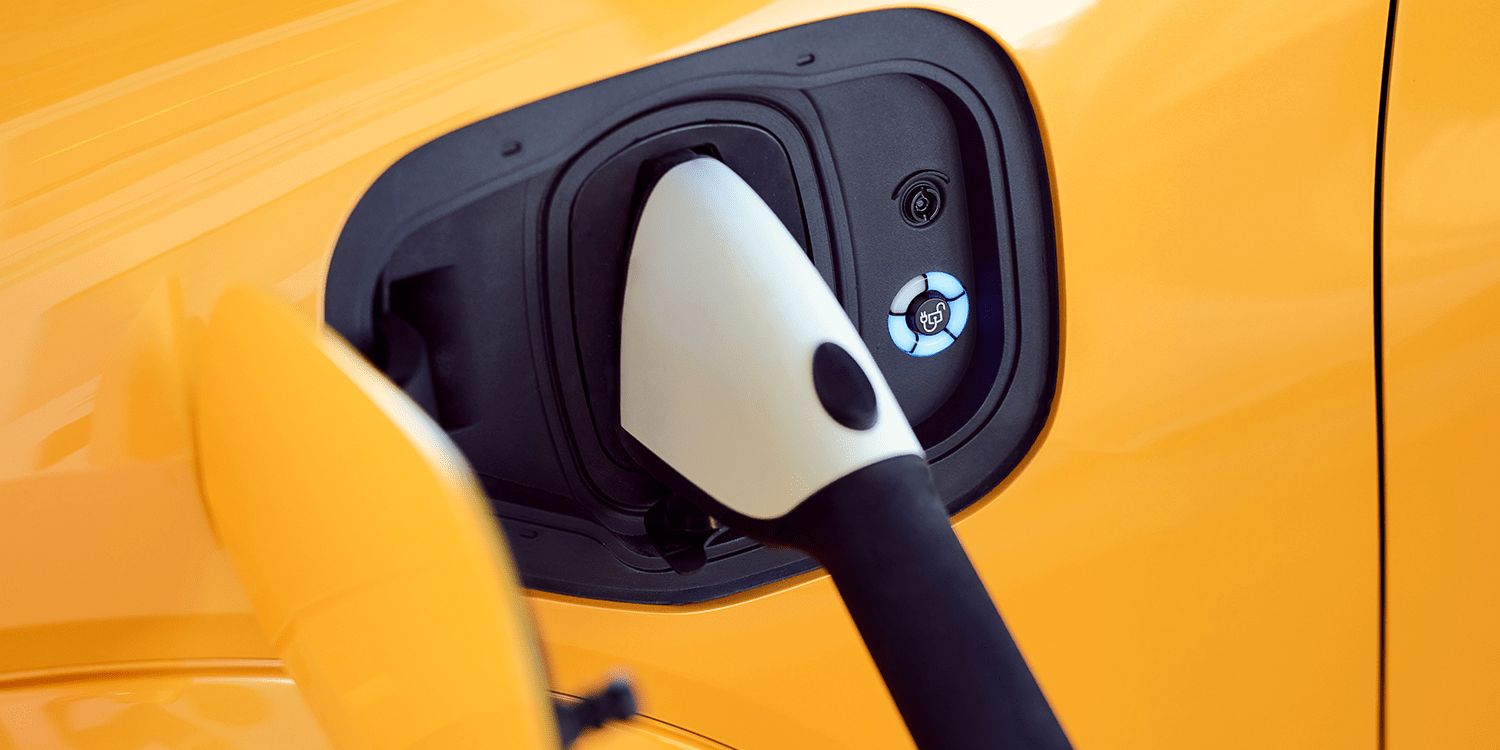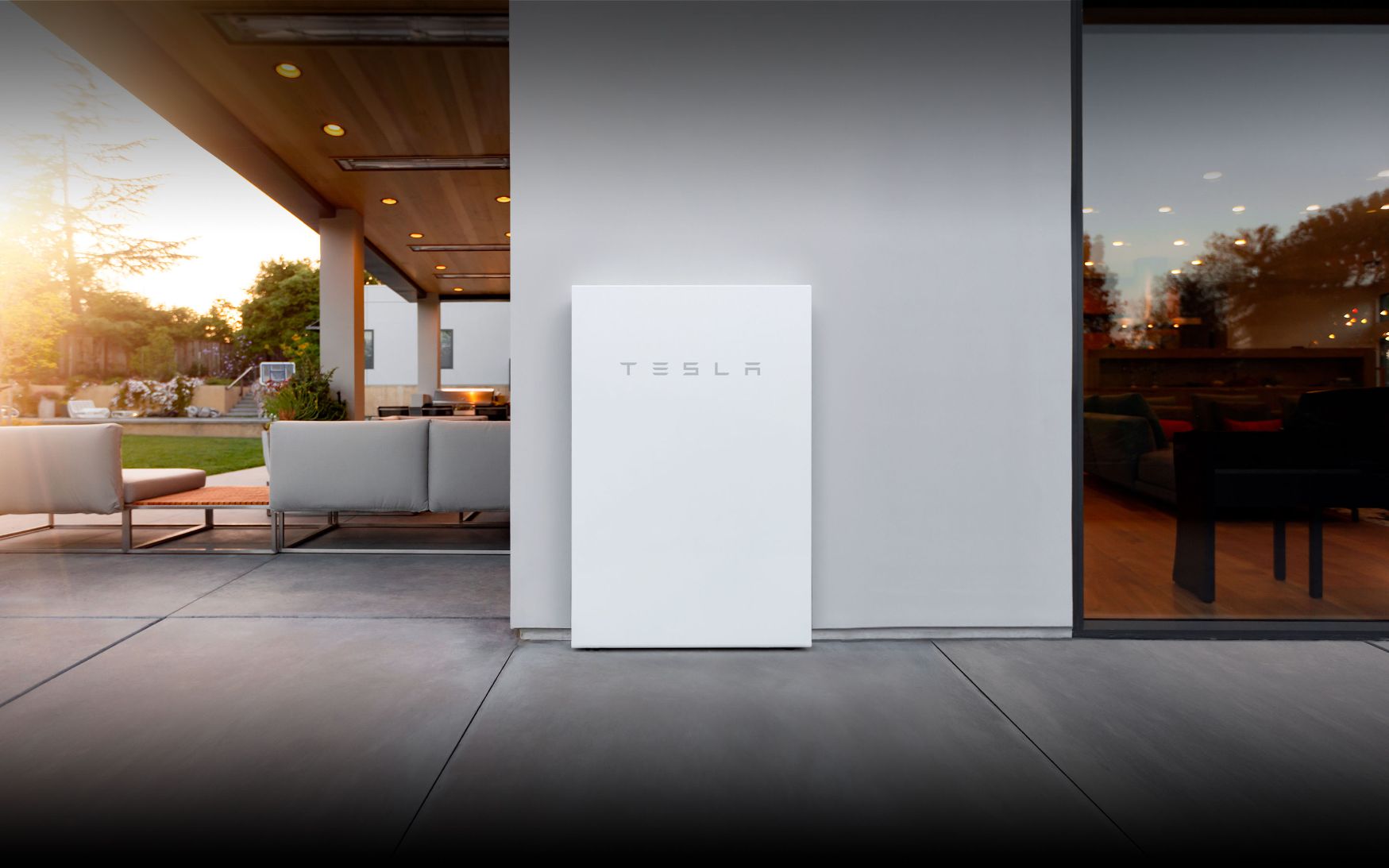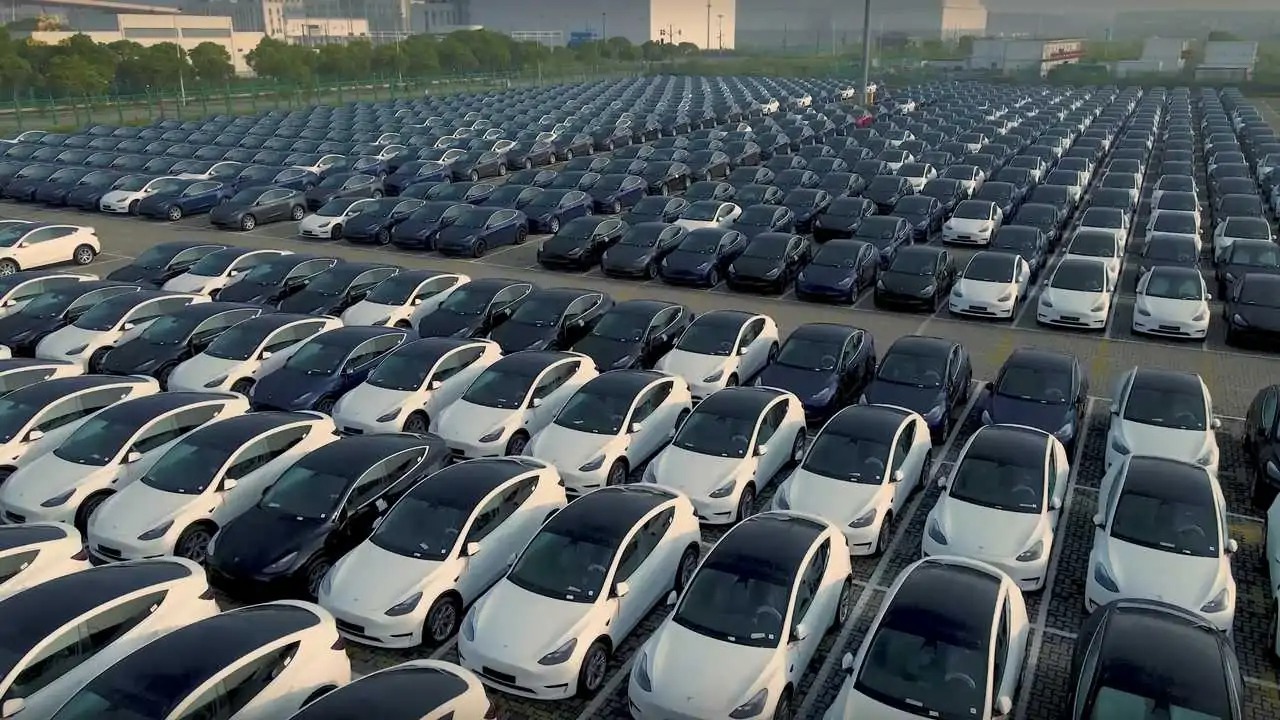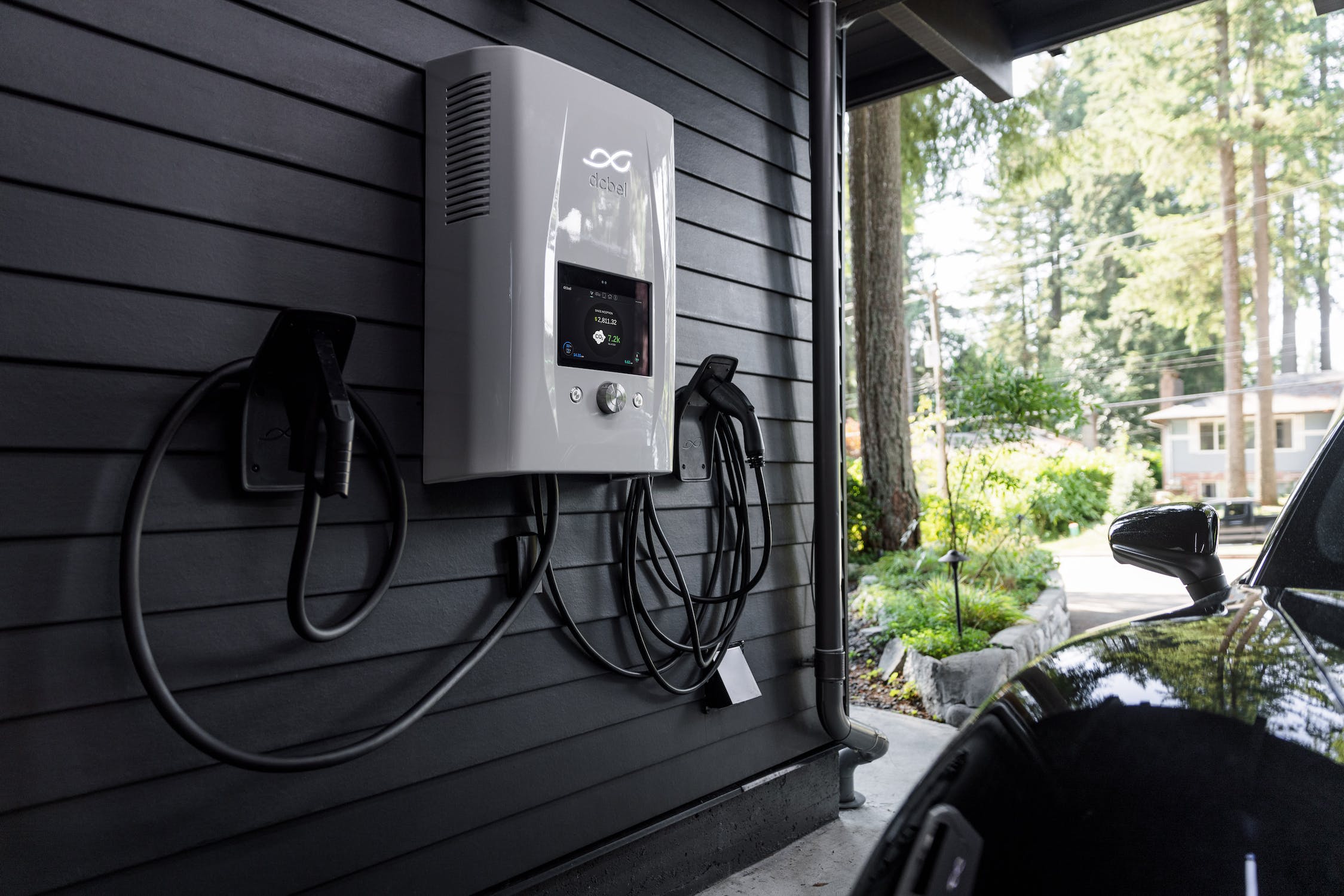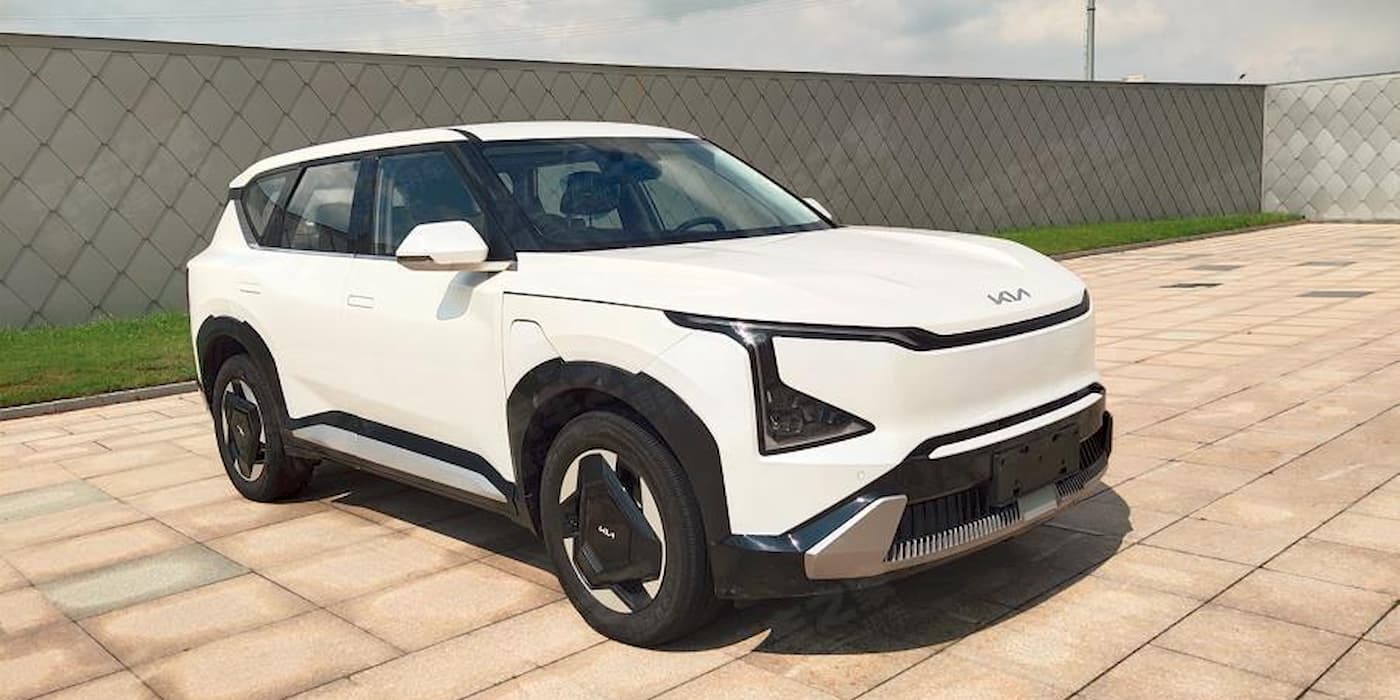In a strategic move to navigate the evolving landscape of automotive regulations, the latest iteration of the Toyota Land Cruiser is embracing a blend of tradition and innovation. As the demand for environmentally-conscious vehicles continues to shape the industry, the engineers behind the iconic SUV are diligently charting a course to ensure its relevance well into the 2030s.
Toyota’s resolute commitment to this mission is evident in the inclusion of the i-Force Max hybrid powertrain within the new Land Cruiser. Marrying a turbocharged 2.4-liter four-cylinder engine with an eight-speed automatic transmission equipped with an integrated electric motor and a 1.87 kWh battery, this configuration yields an impressive combined output of 326 horsepower and 465 lb-ft of torque.
See also: BMW Unveils Armored i7 Protection: A Serene Fortress on Wheels
However, this robust offering may not suffice to meet stringent global emissions standards across all markets where Toyota aims to distribute the Land Cruiser. To address this challenge, the automaker is embarking on a comprehensive exploration of alternative drivetrain options, including plug-in hybrid, hydrogen fuel cell, and all-electric systems.
The Land Cruiser’s adaptability to varying energy sources stems from its underpinning on the TNGA-F platform, engineered to accommodate diverse propulsion technologies, whether combustion-based or electrified.
Nonetheless, adapting the platform to each proposed powertrain alternative poses unique challenges. According to Keita Moritsu, the Land Cruiser’s chief engineer, while each approach possesses merits and challenges, careful consideration is imperative to strike a harmonious balance. Moritsu aptly notes, “Each has difficult points and merit points. So we need to think about how to approach under the multi-pathway.”
In the quest for a greener footprint, the all-electric drivetrain holds promise by virtue of its zero local emissions. However, the limitations of current battery technology raise concerns about range performance in extreme temperatures. Given the Land Cruiser’s intended role as a lifeline in remote regions, this drawback necessitates prudent deliberation.
See also: Toyota Compact Cruiser EV wins prestigious 2022 Car Design Award
Conversely, a plug-in hybrid configuration could alleviate some range concerns, but the presence of an internal combustion engine introduces local emissions, potentially complicating Toyota’s commitment to electric mobility.
An intriguing contender is the hydrogen fuel cell system, which offers remarkable long-range capabilities. Yet, this option entails a trade-off in terms of interior space due to the bulky equipment required. Moreover, the scarcity of refueling infrastructure poses a practical challenge.
As Toyota weighs the pros and cons of each potential trajectory, it has yet to finalize a decision. Thorough evaluation of the economic and ecological implications of each avenue is underway, as the company seeks to ascertain the optimal direction for its revered Land Cruiser.

